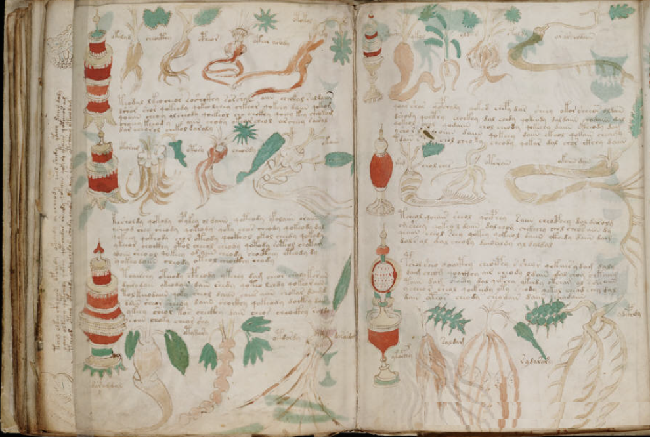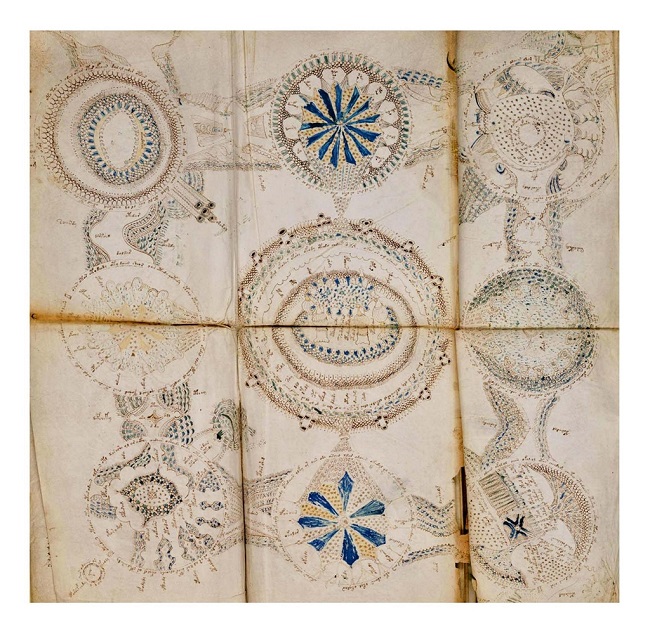P B R . . . . . . . . . . . . Before you begin this exercise
Mindwurm Part Seven
Earworm || Ohrwurm || Mindwurm Part Seven || POSTED: 02.27.21 @17:10
The Voynich Manuscript
The Voynich Manuscript came to light in 1912, after Wilfrid Voynich, a Polish rare books dealer who lived in London, bought the manuscript in Italy. It had earlier belonged to the Holy Roman Emperor Rudolf II, and probably John Dee, the infamous astrologer at British Queen Elizabeth I’s court. Since 1969, the manuscript has been kept in the Beinecke Rare Book and Manuscript Library at Yale University.
Rainer Hannig believes he might have cracked the case that's been baffling scholars for years.
The German Egyptologist has managed to decipher parts of the Voynich Manuscript, a mysterious document stored at Yale University that's made up of elegant handwriting and strange drawings that no one has ever been able to make sense of.
There have been many past attempts to work out what the illustrated codex's unique text says, but all have failed.
Until now.
The document consists of a mixture of Latin letters, Arabic numbers and other unknown characters. However, Hannig, from the Roemer and Pelizaeus Museum in Hildesheim, Germany believes he's figured out the language to be based on Hebrew.
Adding to the mystery, the manuscript’s 240 vellum pages bear illustrations of plants, floating heads, signs of the zodiac, fantastic creatures (including dragons), castles, women bathing, and astronomical symbols. Scholars have used these illustrations to organise the manuscript’s content into six major sections: botanical, astronomical and astrological, biological, cosmological, pharmaceutical, and recipes. However, without the ability to read the text, its true content has remained elusive. Even the name of the manuscript’s author remains a mystery.
Internet Copy of the Voynich Manuscript
The Voynich Code - The World's Most Mysterious Manuscript
2010, 50 minutes

YOU CAN OPEN THE DOOR

